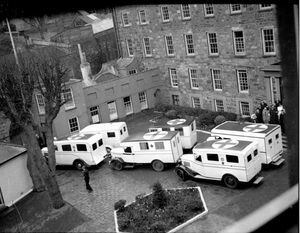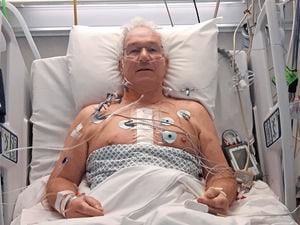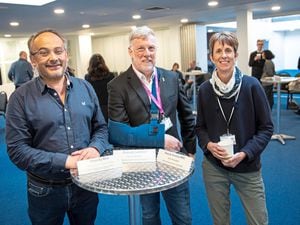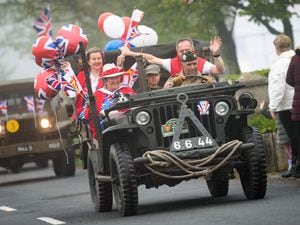‘Secret’ photos show St John’s Occupation years
A founding member of the local St John Ambulance service risked life and limb to document Guernsey during the Occupation.

Reg Blanchford secretly captured some 260 images of the war years, which are now being shared by St John in the run-up to Liberation Day.
Mr Blanchford introduced the island’s first St John ambulance in 1936, so many photos documented the early years of the charity.
‘My father carried his Zeiss 120 film camera everywhere and was very friendly with Norman Grut, the photographer, who probably got film for him during the Occupation and would have surreptitiously printed them for him,’ said Gary Blanchford.
‘He would have been charged with espionage if the camera was found.
‘This was before computers, so the images were printed as tiny black and white pictures and lots had double exposure. He photographed anything that he was able to, mostly on different jobs.’
Gary’s father was involved with introducing the cliff rescue service, the Flying Christine marine ambulance, a decompression chamber, mobile radar for boats lost at sea and a powerful searchlight which could reach Herm.
‘His mind was always working. As one boy of eight girls, he was doted on.’
In 2013 Mr Blanchford published a book containing his father’s images, along with research on the development of St John’s. All of the profits were donated to St John and the original Zeiss camera is at the Occupation Museum.
‘He didn’t think much of the photos, but when we found out about them we said we’ve got to keep the negatives safe and sound.’
A near-fatal motorcycle accident spurred Mr Blanchford’s father to improve hospital transport.
‘He had a horrendous motorcycle accident and it was only by chance somebody was passing and he got to hospital. Otherwise he would have died from his injuries.’
A second-hand ambulance was purchased in the UK and was kept in a garage at St John’s current Rohais premises. By 1945 there were six ambulances.
As a child Mr Blanchford played on the site when it was a building yard surrounded by fields, and aged eight or nine was allowed with his brother to drive the ambulances out of the garages for cleaning.
By late 1944 fuel was scarce and the original ambulance’s engine no longer ran, Mr Blanchford said, so the vehicle was converted to horse-drawn using plans found at a coachworks. It was used for routine cases and later served Sark.
Ambulances provided hospital transportation, traversed minefields, transported the deceased Charybdis and Limbourne sailors, monitored the German railway, evacuated the Town Hospital and Les Cotils with 24 hours’ notice, distributed packages delivered by the Red Cross ship Vega in December 1944 and much more.
‘People say it must have been hard during the Occupation but my dad absolutely thrived, as did the rest of St John’s hard core.
‘They were on duty 24 hours a day and the telephone was always by him. I’ve heard there wasn’t a single call that went unanswered.’
St John communications officer Jim Cathcart said: ‘If it hadn’t been for Reg and his foresight we wouldn’t have this record of island Occupation life. Every one of these photos tells a story.’
The images are currently being shared on the St John Twitter page.





